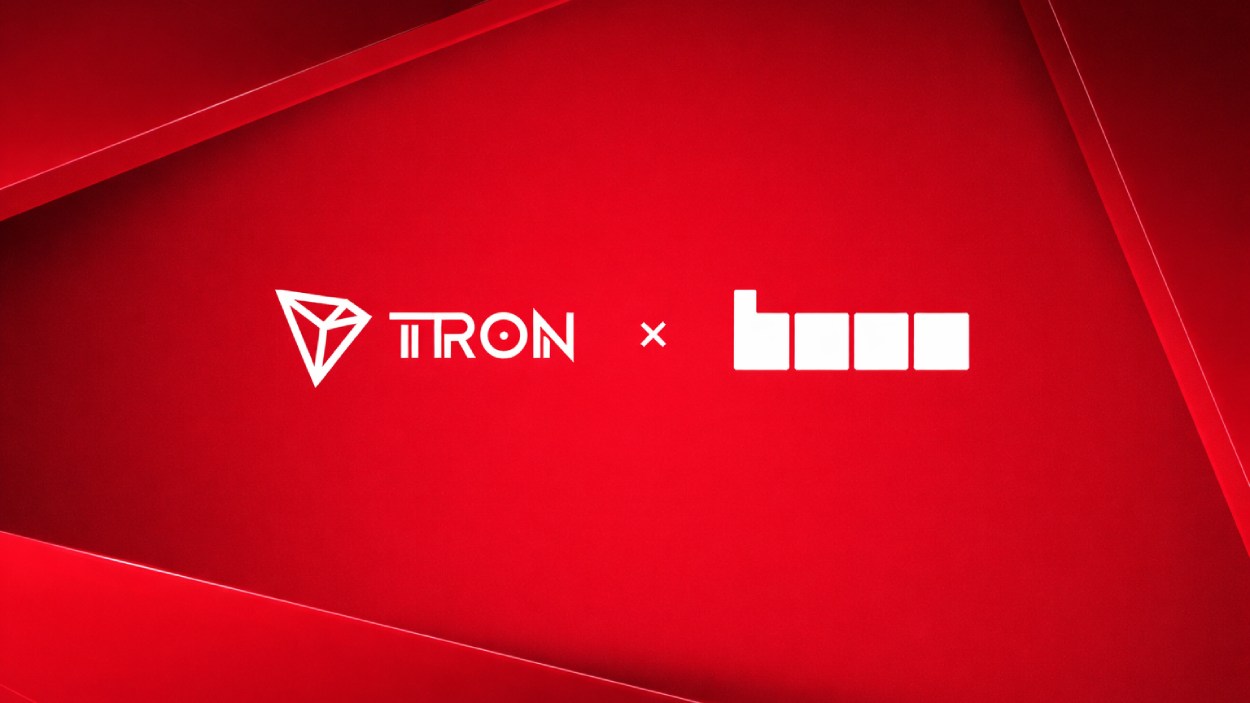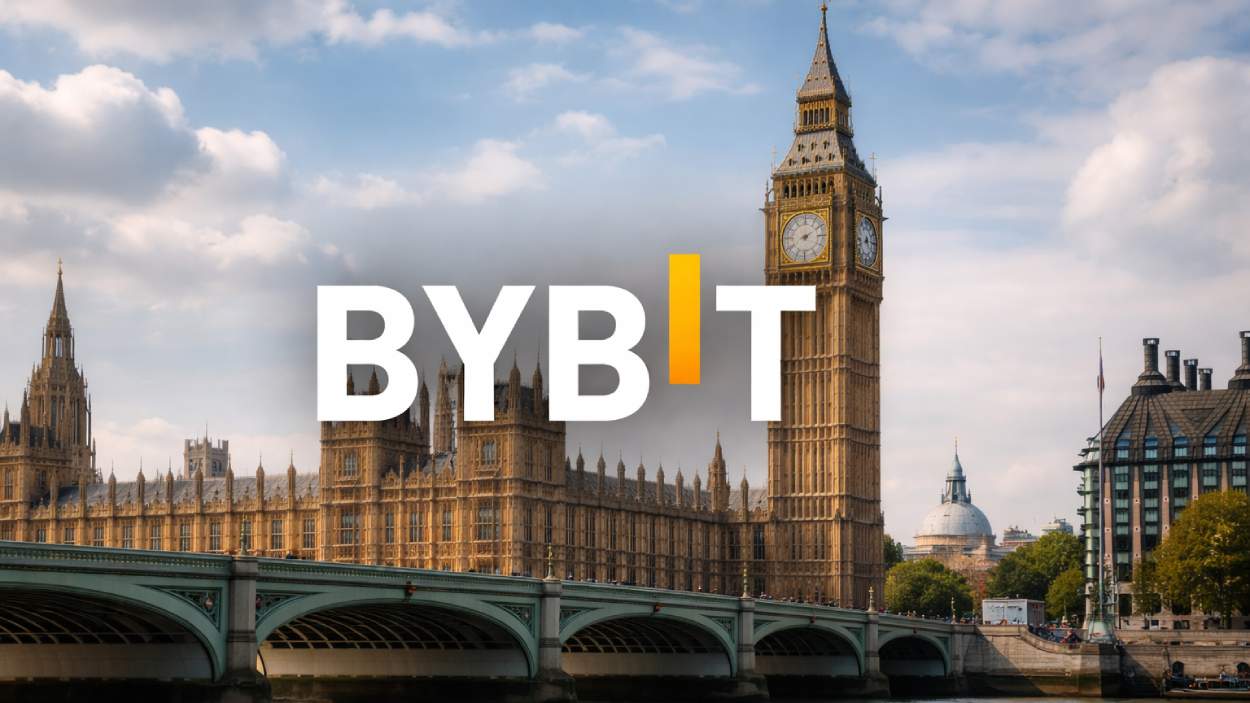Starknet suffered its second major mainnet outage in two months following the rollout of its much-anticipated Grinta upgrade.
Key Takeaways
- Starknet experienced a network-wide outage lasting nearly three hours after deploying its Grinta (v0.14.0) upgrade.
- Transaction processing halted and required resubmissions, as developers reorganized the blockchain from block 1,960,612.
- The issue stemmed from a sequencer failure and incompatibility with Cairo0 code, affecting block creation and transaction flow.
- This marks the second significant outage in under two months, prompting fresh scrutiny over the network’s reliability.
What Happened?
Ethereum Layer 2 solution Starknet went offline early on September 2, following the deployment of its Grinta upgrade. The network suffered a prolonged outage lasting over two and a half hours, halting transaction processing and block production. It was the second major disruption since mid-July, raising concerns about the platform’s robustness as it pushes toward decentralization.
Starknet Knocked Offline After Grinta Update
Starknet developers rolled out the Grinta upgrade, also referred to as v0.14.0, at approximately 6:00 AM GMT. The upgrade aimed to overhaul core infrastructure with features like a decentralized sequencer, updated fee markets, and a new mempool system. Users were warned of a brief downtime of around 15 minutes during deployment, but the actual disruption lasted far longer.
- A sequencer failure caused the network to become unresponsive.
- Block creation slowed dramatically, and gateways stopped accepting transactions.
- A “slow block creation alert” was triggered at 2:28 AM UTC and was followed by multiple recurring issues throughout the morning.
According to Starknet’s status page, users experienced idle gateways and unaccepted transactions between 2:23 AM and 4:36 AM UTC. As a result, developers committed a chain reorganization from block number 1,960,612, which wiped out nearly one hour of network activity. Any transactions sent during that period must now be resubmitted.
Previous Incidents Raise Red Flags
This marks Starknet’s second outage in less than two months. On July 18, the network experienced a 13-minute disruption due to slow block creation and gateway delays. A more severe incident occurred in April 2024, when a rounding error bug led to a four-hour outage. Despite these setbacks, monitoring data from QuickNode had shown nearly 100% uptime until now.
Starknet, developed by StarkWare, is an Ethereum Layer 2 network that uses ZK-rollups with STARK proofs to increase throughput and reduce transaction fees. The protocol has been promoting new initiatives, including Bitcoin staking integration under SNIP-31 and enhancements to its SN Stack for appchain development.
Impact on Token Price and Network Confidence
The outage also had a negative impact on Starknet’s native token, STRK, which fell more than 3 percent during the downtime, trading at $0.1232 according to CoinGecko data. While developers assured users that block production has resumed and RPC providers are operational, confidence in the network’s reliability has been shaken.

An official statement from Starknet’s X account confirmed:
Starknet is back online and fully operational.
— Starknet (@Starknet) September 2, 2025
Block production is back to normal. Most RPC providers are up-and-running, and the remaining ones will upgrade shortly.
To restore service, transactions submitted between 2:23am and 4:36am UTC were not processed.
A reorg from block… https://t.co/nrziivCiuK
The team pledged to publish a detailed retrospective, including root cause analysis and long-term prevention strategies.
CoinLaw’s Takeaway
Honestly, seeing another outage like this from Starknet so soon after the last one is concerning. In my experience, trust in blockchain networks depends heavily on reliability. Users and developers need to know their transactions will go through without fear of reorgs or downtime. I found the Grinta upgrade promising in theory, especially with its focus on decentralization, but these growing pains show that rolling out major changes in live environments can carry serious risks. If Starknet wants to maintain its standing in the Ethereum L2 space, it needs to deliver more stability moving forward.
Hover or focus to see the definition of the term.

























































